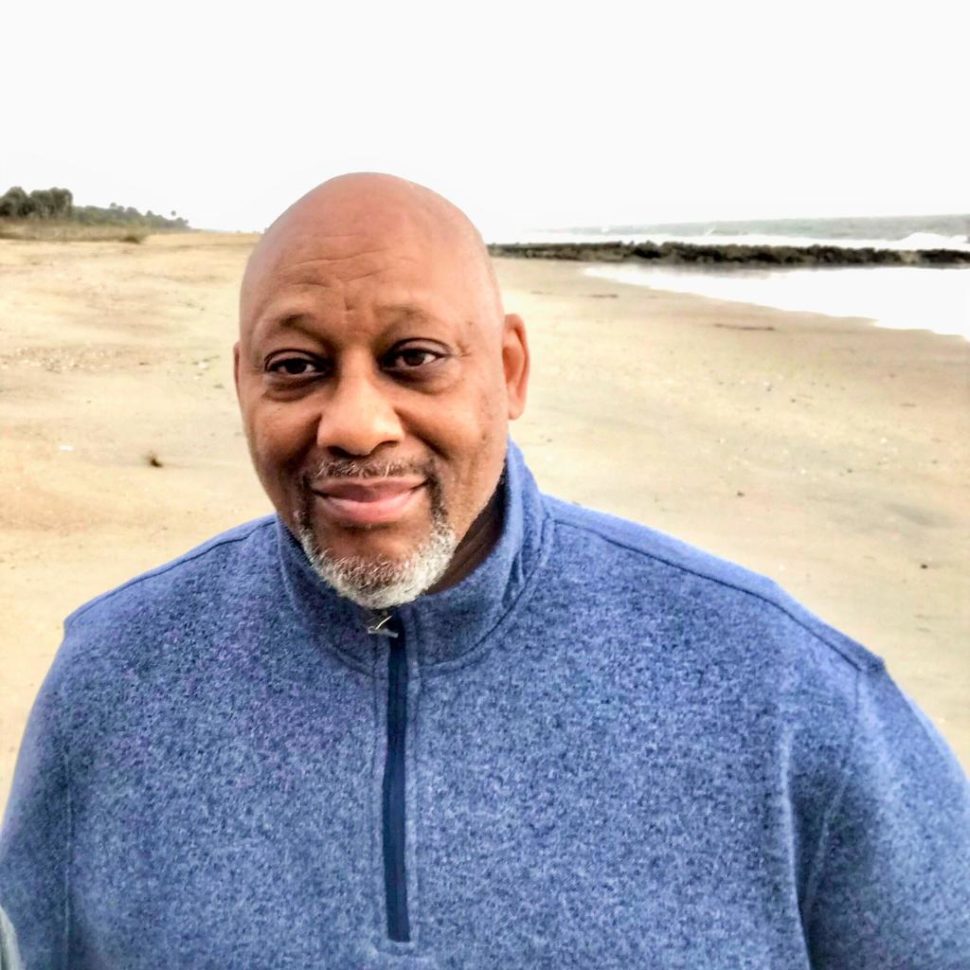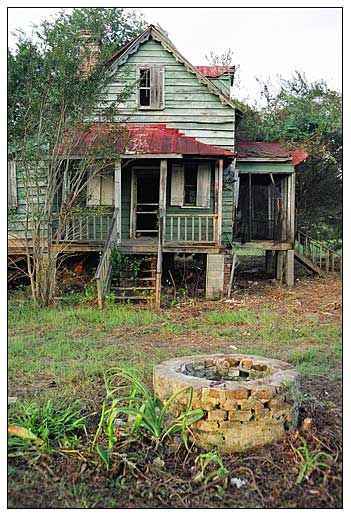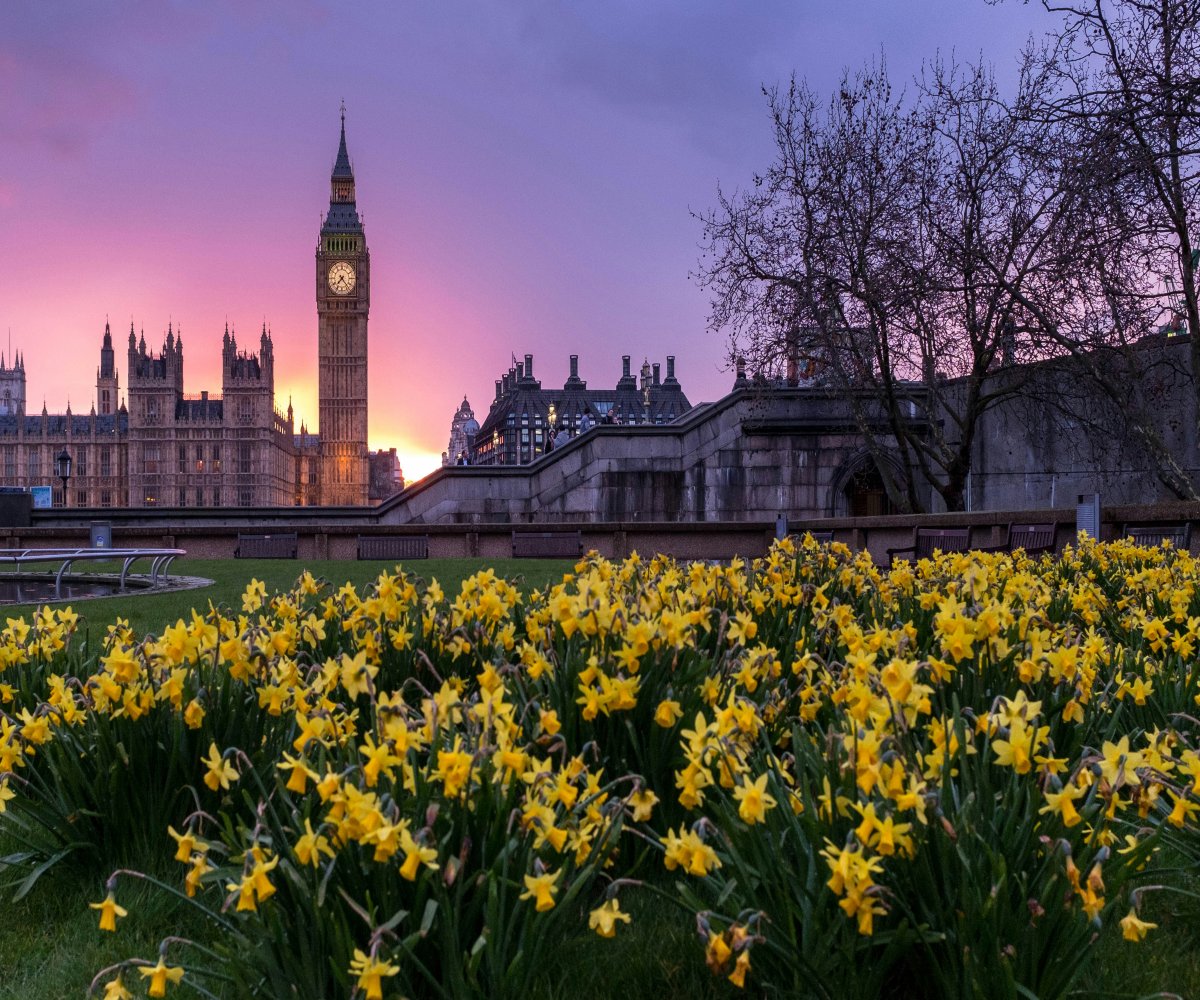Located between the North and South Edisto Rivers is a Low country sea-island that measures approximately 68 square miles. Edisto Island may be small, but its significance to Black history is immense.
The island’s name derives from Edistow Indians, who lived on the land and water during the 16th Century. The natives established themselves as hunters, fishermen, and farmers as they grew crops.
But Europeans arrived and changed everything.
“White settlers— some people call them invaders and that’s what I tend to think they are— came from Europe in the late 17th Century,” according to Greg Estevez, a historian, and author of Edisto Island: The African American Journey.

Estevez’s family has lived on the island for seven generations. He is the great-great-grandson of Henry Hutchison, one of the key names on the island who is known for building the Hutchinson home in 1885.
According to Estevez, Edisto Island was known for its rice and high-quality cotton. Plantation owners on the island got richer by the day from the work slaves were forced to do. As their wealth grew, so did the need for free labor. Historians from the Smithsonian Institution estimate the number of those enslaved on Edisto Island quadrupled from 2,600 African Americans to 10,000 between 1808 and 1860.
The Civil War Brought A New Life For Those Enslaved
Before the Civil War, plantation owners grew disgustingly wealthy from the Sea Island Cotton exclusively by slave labor. It was known as some of the best cotton by the rest of the world before the boll-weevil insects ruined the crop.
“The white plantation owners made millions of dollars, growing cotton, but what they don’t tell you in the history books is the reason why they made that amount of money is because of the high-quality cotton they were able to sell to Europeans and others all over the world,” said Estevez. “Well, how did the cotton become high-quality? It was the African Americans’ idea to introduce the mixing of the creek mud and regular soil with the crops, which acted as a fertilizer.”
It wasn’t uncommon for slaves to live in cabins on the plantations. Once the Civil War broke out in 1861, plantation owners were forced to evacuate by Union soldiers, but those enslaved on the island remained as free people.

Following the Civil War, in what we call the Reconstruction Era, Black people who were formally enslaved acquired land.
“This was able to give them true independence and economic empowerment for the first time, so they didn’t have to depend on the white man for their livelihood,” says Estevez. “My great-great-great-grandfather, who was Jim Hutchison, was known as one of the Black kings of Edisto. He was able to acquire two different plantations that probably equal up to about six-to-seven hundred acres. He formed a cooperation with other African Americans, and they were able to acquire land for the first time.”
According to Estevez, there was a time when 90 percent of people on Edisto Island identified as African American, and acquiring land meant generational wealth.
“Our history and I’m talking about Black history collectively, often starts with slavery in this country, but actually slavery was an interruption of our history,” he stated. “What I found during my research is that we were doctors, nurses, engineers, botanists, fishermen, and carpenters.”
Black people living on the island made significant contributions to the area, culture, and history and everything known about the island’s past and a great deal of what you see today is because of them.
“Every structure on Edisto Island was built by African Americans, including the docks, barns, houses, and churches from the 17th to 19th centuries. This is a place built by Black hands and Black know-hows,” said Estevez.

How Gentrification Is Impacting Edisto Island
The population on Edisto Island is a lot different from the golden ages from its past. Unfortunately, many Black families have moved away for better economic opportunities because jobs and opportunities are not as plentiful and according to Estevez, gentrification has changed the island.
“As a result, many people have lost their land. Because of that, a lot of developers and many whites came to the island. Now, the ratio between the races is more like 70:30 where white people are the majority, so it’s completely flip-flopped,” said Estevez.
The island is transforming and the significant landmarks, such as the homes, that once highlighted a thriving Black community is dwindling. Estevez’s family home, The Hutchinson House, is one of a few left and is now being restored.
“The Hutchinson house serves as a lasting monument, a testament of enduring, and a symbol of economic empowerment in a spirit of resilience because those people didn’t give up to the newly free enslaved people of that area,” he said.





